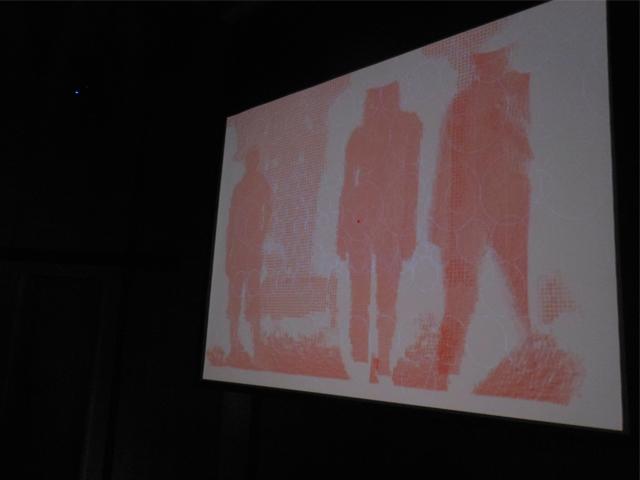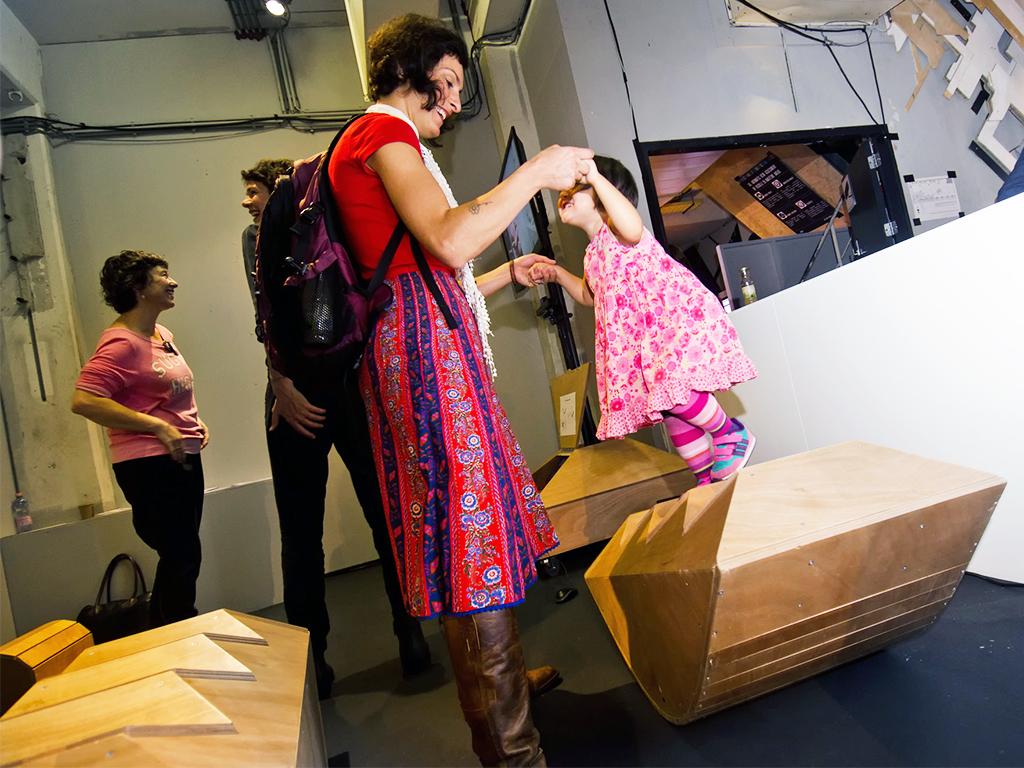It is not always easy to express yourselve if someone asks you how you're doing. Often we just say ‘Everything is OK’. Sometimes it seems as if we do not want to bother explaining everything. The fact is that articulating a feeling or a state of mind is extremely difficult. If there was a way in which another person could experience what you feel, an explanation would no longer be required.
In the pilot 'Play', which falls within the project 'Virtual Worlds for Wellbeing' of COMMIT, we develop an application that will do exactly that. Within this project Waag is developing an environment that encourages ‘embodied learning' and that stimulates young people in a fun way to work on their social and emotional development.
Research
During the first research period of the year, in March 2012, the start was made to develop this concept. The context study (consisting of literature studies and user surveys) focused on social well-being (feeling good with others) and embodied learning (learning with your whole body). ‘Knowing yourself’ and being ‘at ease with others’ appeared to be important conditions for the development of empathy, the basis of socio-emotional skills. Research also showed that by consciously using your whole body, you can understand your own feelings better. Social wellbeing and embodied learning should, in theory, complement each other well.
Workshops and tests
To gain insight into the perceptions of the target group, young people, we involved users as much as possible in the development by doing various (playful) tests. During the first user trials last March, test subjects were asked tu use colors, smells and sounds to express what they felt during their first kiss and their first day at a new job. This exercise unveilled intriguing stories (the participants remembered a surprising amount of specific details) and was very useful for us in showing the principles of empathy and sharing experiences.
Last week we continued with our tests. We invited eight young people between 13 and 15 years old. In the first test, they were asked to step into a shielded room to express a moment of success with tangible material, using rope, magazines, nails, paint, staples, strings, pegs, lights, markers, crayons and various scrap material. For the second test we asked young people to express an emotion or feeling with sound, patterns, colors and intensity in a video installation that our team-member Laurens set up in the Theatrum Anatomicum. Laurens translated the instructions of the young people into input for the system, which caused them to get immediate feedback from the system on there input. One participant visualised the atmosphere of the depressing weather of the past month so strongly that a number of us got goosebumps. It turned out thhat this second test worked amazingly well: language or words were not necessary to understand each other.
Concept 'How are you today?’
The concept that we will start developing now, describes an immersive space in which abstract images and noises are projected. The user ‘controls’ this space with its own body by making use of Kinect sensors.
The user steps into the room with the question: "How do I feel today? '. The users works with this question intuitively and using his whole body, colors, patterns, vibrations and other visual and auditory parameters. In this way a space can be built that expresses the mood of the user. The user can then invite others to experience his or her mood. And he can store or modify his mood. We will further develop the space and interaction and create a toolbox with visual and auditory primitives.
Project
The pilot 'Play' is part of the project 'Virtual Worlds for Wellbeing' and falls within COMMIT, which began in late 2011. The project is lead by Isjah and consists of a diverse group of people with vairous backgrounds, skills and knowledge. In the project, Meia and Marise mainly focus on the conceptual design from educational and social perspective. Laurens develops the (visual) experience on technical and design level. Bas constructs the physical space and integrates the hardware.


